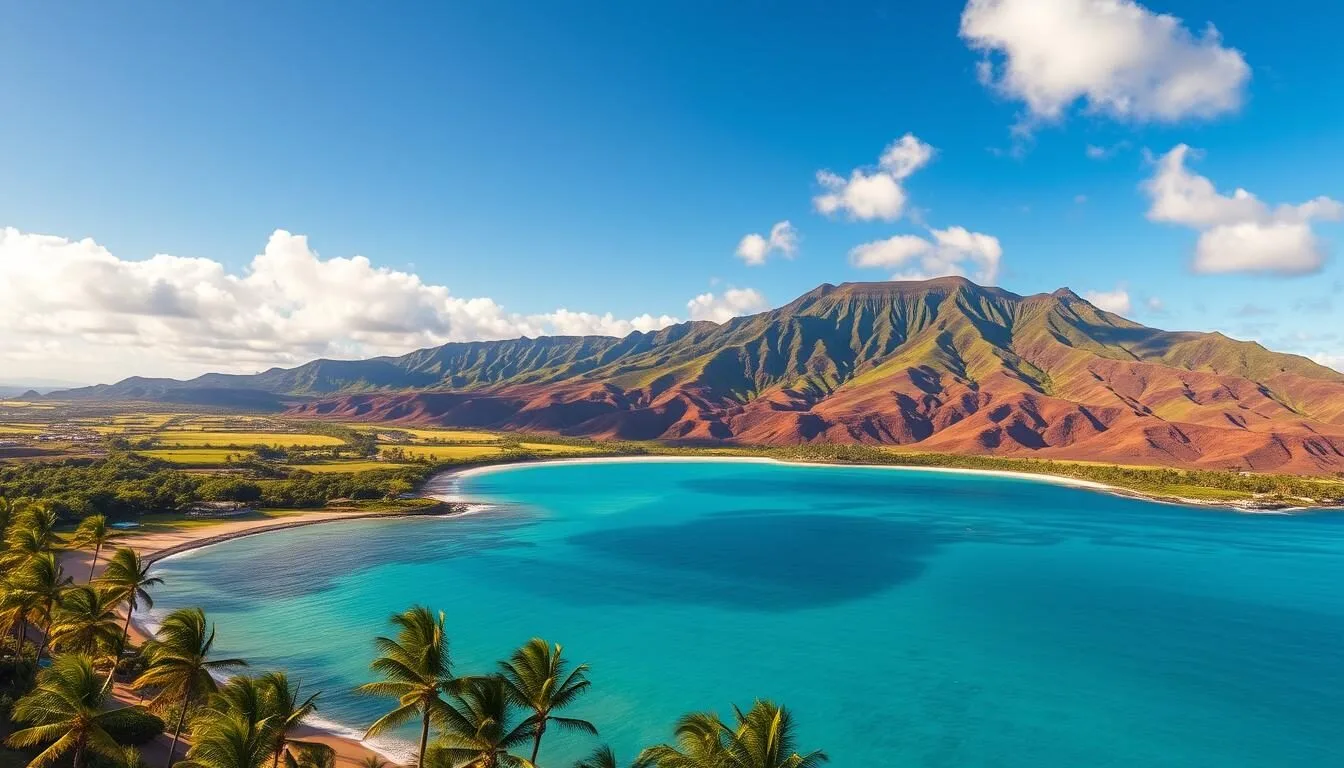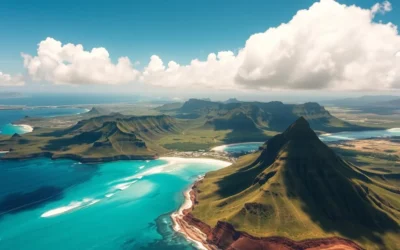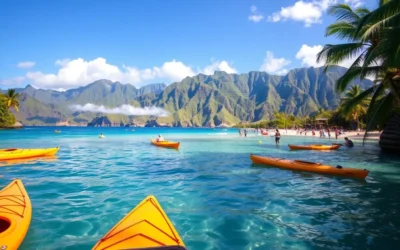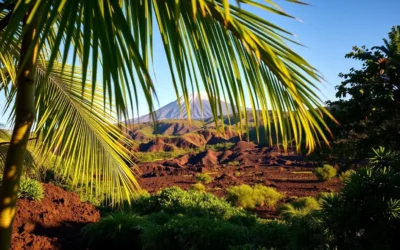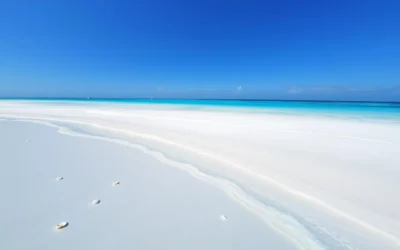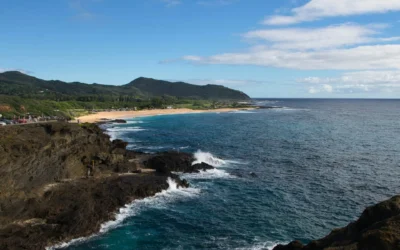✓ Accommodations ✓ Flights ✓ Rental Cars ✓ Tours & Activities
Imagine yourself on a tropical island paradise, surrounded by lush rainforests, pristine beaches, and majestic volcanic landscapes. As you plan your trip, you might wonder what the best time is to visit. The weather in Maui varies throughout the year, with distinct seasonal differences that can impact your vacation activities and overall experience.
Choosing the right time to visit can significantly enhance your experience and help you avoid crowds. Understanding the seasonal patterns will allow you to make the most of your trip and enjoy the island’s natural wonders during the best time. In this guide, we’ll explore the different months and seasons to help you plan your Hawaiian getaway.
Understanding Maui’s Seasonal Patterns
Understanding the seasonal patterns in Maui is crucial for planning a trip that meets your weather preferences. Maui’s climate is generally pleasant year-round, but there are distinct seasonal variations that can impact your travel experience.
Overview of Maui’s Climate Year-Round
Maui enjoys relatively consistent temperatures throughout the year, with average temperatures ranging from a high of 82° to a low of 61°, depending on the location. The island’s climate is influenced by its geography, with the south shores tend to be hotter and drier, while the north shores are cooler and wetter due to trade winds. The temperature fluctuation is minimal, with only about 10 degrees Fahrenheit difference between winter and summer averages. This consistent weather makes Maui an attractive destination for travelers seeking warm and sunny conditions.
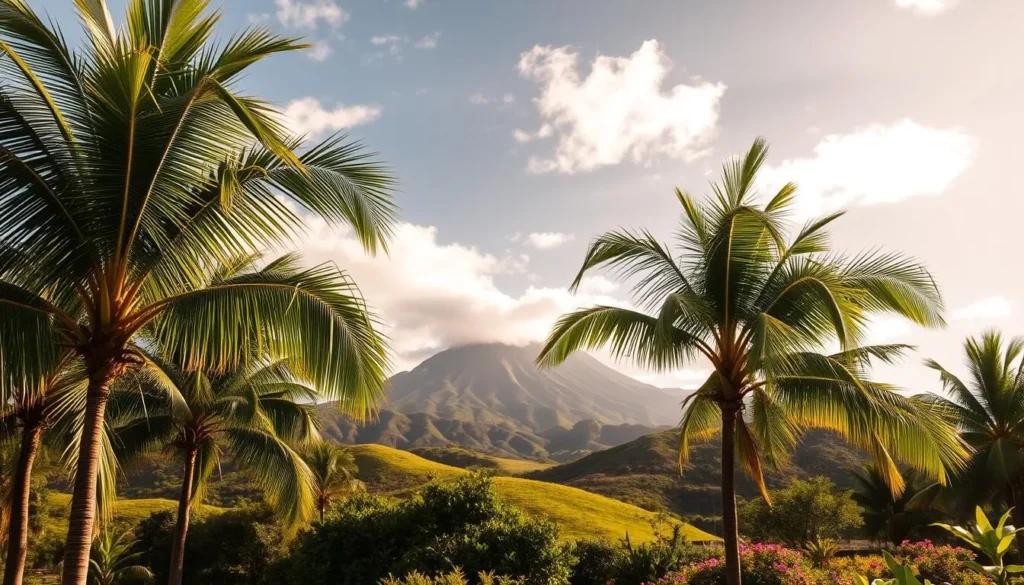
High Season vs. Low Season in Maui
Maui experiences two main seasons: a dry season from April to October and a rainy season from November to March. The high season in Maui coincides with winter months (December-March) and summer months (June-August), attracting large crowds and higher prices. In contrast, the low season, typically during the shoulder months of April-May and September-October, offers fewer crowds and better rates. Understanding these seasonal patterns helps you balance your preferences for weather conditions, crowd levels, and budget considerations when planning your trip. By choosing the right time to visit, you can tailor your Maui experience to suit your needs.
Winter in Maui: December to March
Winter in Maui, spanning from December to March, is a unique blend of rainy and sunny days, offering a plethora of experiences. You can enjoy the island’s natural beauty, exciting events, and unique wildlife viewing opportunities.
Weather Conditions During Winter Months
During the winter months, Maui experiences its rainy season, with January typically receiving the highest rainfall. However, the rain showers are often brief, giving way to sunshine. Daily highs remain warm, around 80°F, making it an attractive escape from colder mainland winters. You can expect larger waves on the North Shore, ideal for experienced surfers, while the warm weather is perfect for outdoor activities.
Whale Watching Season Highlights
One of the highlights of visiting Maui during winter is the humpback whale migration. Thousands of whales migrate from Alaska to Maui’s warm waters between December and March for breeding and calving. This period offers a unique opportunity to witness these majestic creatures up close. You can participate in whale watching tours or simply enjoy the whales from various viewpoints around the island.
Winter Activities and Events
Maui hosts several exciting events during the winter season. The Maui Oceanfront Marathon in January is a popular event, attracting runners from around the world. Additionally, various whale-related festivals and educational programs are organized, enhancing your understanding and appreciation of these marine mammals. You can also enjoy surfing, with the North Shore experiencing significant swells during this time.
Despite the higher crowds and accommodation rates during this peak season, many visitors find winter to be the best time to visit Maui for its unique wildlife viewing opportunities and pleasant escape from mainland cold.
Spring in Maui: April to May
Spring brings a fresh wave of excitement to Maui, making April and May ideal months to visit. As the rainy season comes to an end, the island is bathed in sunshine, and the temperatures are comfortably warm, ranging in the low 80s°F.
Weather Patterns in Spring
During the spring, Maui experiences a significant improvement in weather. The rain subsides, and the days become consistently sunny. April and May are particularly pleasant, with calm seas and gentle breezes, making it an excellent time for outdoor activities.
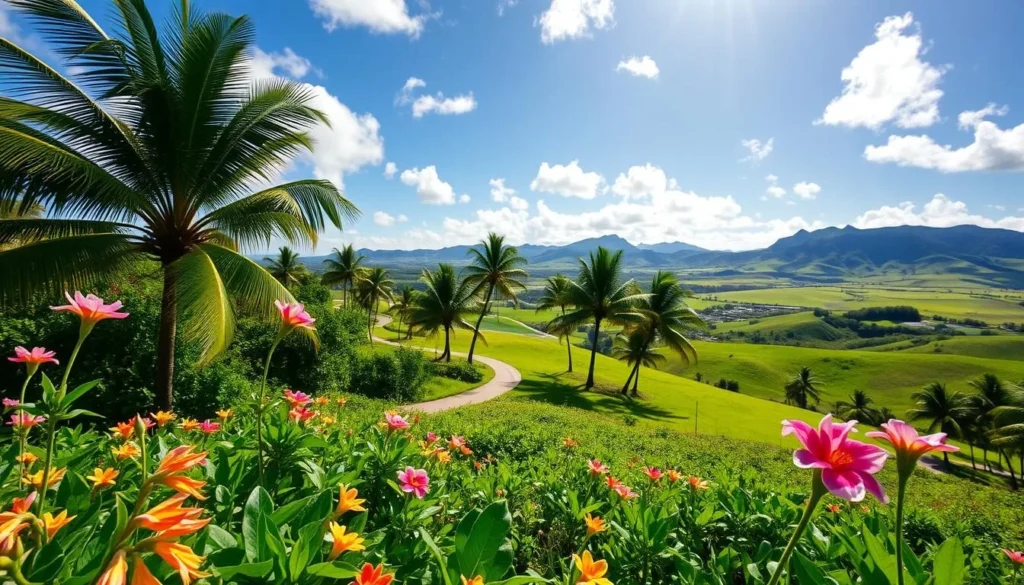
Benefits of Visiting During Shoulder Season
Visiting Maui in the spring offers several advantages. The crowds that flock to the island during the peak summer months have not yet arrived, allowing for a more relaxed experience. Moreover, the shoulder season brings discounted rates on accommodations, flights, and activities, making it an attractive time for budget-conscious travelers.
Spring Events and Activities
Spring in Maui is not just about the weather; it’s also a time for cultural events and festivals. The East Maui Taro Festival in April celebrates the island’s staple crop with entertainment, demonstrations, and local cuisine. Additionally, May 1st marks Lei Day, a celebration of Hawaiian culture and tradition.
With the ocean calm and clear, spring is an excellent time for snorkeling, swimming, and other water activities. The island’s natural beauty is also enhanced by the vibrant plumeria flowers and other tropical flora that bloom during this time.
Summer in Maui: June to August
The summer months in Maui, from June to August, are characterized by idyllic weather and a wide range of outdoor pursuits. This period is peak tourist season, with families on summer break flocking to the island.
Summer Weather and Ocean Conditions
Summer brings the warmest temperatures of the year to Maui, with daytime highs reaching 85-90°F. June is typically the driest month, making it an ideal time for outdoor activities. The ocean conditions are also at their calmest during the summer months, creating perfect conditions for swimming, snorkeling, and introductory surfing lessons, especially on the south and west shores.

Family-Friendly Summer Activities
Summer in Maui is a great time for families, with numerous activities tailored to all ages. Snorkeling at popular spots like Molokini Crater and Turtle Town offers excellent visibility and the chance to observe vibrant marine life. The extended daylight hours also allow for more time to explore the island’s attractions and participate in outdoor activities.
Navigating Peak Season Crowds
To make the most of your summer visit to Maui, it’s essential to navigate the peak season crowds effectively. Consider booking accommodations and activities well in advance, visiting popular attractions early in the day, and exploring some of Maui’s less-frequented beaches and hiking trails to avoid the crowds.
Fall in Maui: September to November
The fall season in Maui, spanning from September to November, offers a great balance of pleasant weather and exciting events. As the summer months come to a close, the island transitions into a more relaxed atmosphere, making it an ideal time to visit.
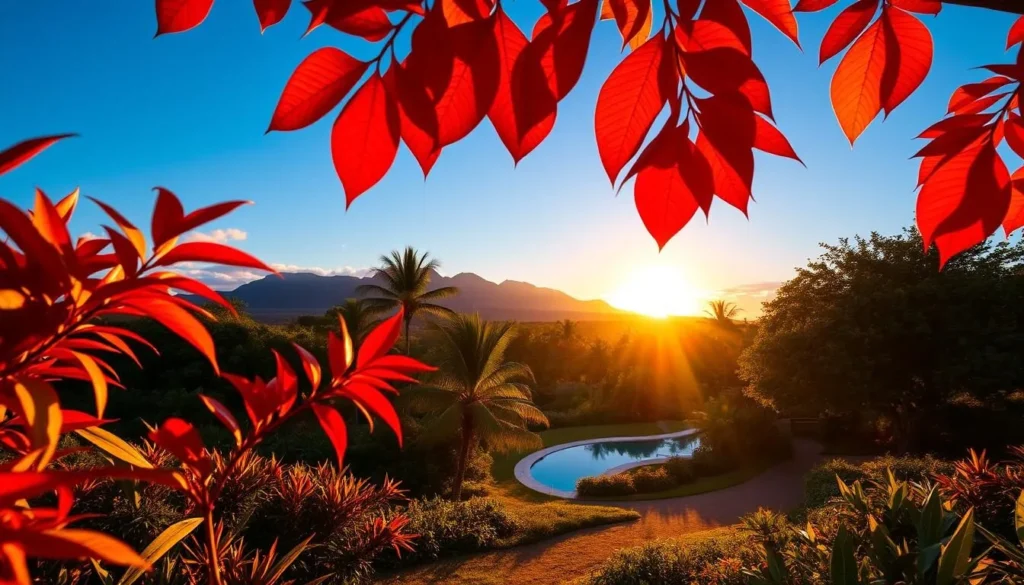
Weather Expectations
During the fall, Maui’s weather remains warm, with average highs around 85°F in September, gradually decreasing to about 80°F by November. It’s a comfortable time to enjoy outdoor activities without the intense summer heat.
Benefits of Fall Travel
Visiting Maui in the fall comes with several benefits. The summer crowds have dissipated, making popular attractions more accessible. Additionally, the shoulder season brings significant savings on accommodations and flights, making it an attractive option for budget-conscious travelers.
Fall Events and Activities
Fall in Maui is not just about relaxation; it’s also a time for exciting events and activities. The Maui Fair in early October is a highlight, featuring rides, livestock exhibits, and a parade. Furthermore, the Hawaii Food & Wine Festival showcases the island’s culinary excellence, offering a taste of local cuisine.
| Month | Average High Temperature | Events/Activities |
|---|---|---|
| September | 85°F | Hawaii Food & Wine Festival |
| October | 84°F | Maui Fair |
| November | 80°F | Outdoor activities like hiking |
Best Months for a Weather-Savvy Trip to Maui
For a weather-savvy trip to Maui, choosing the right months can enhance your overall vacation experience. Maui is a great destination any time of year, but certain periods offer more favorable conditions for a relaxed and enjoyable trip.
April and May: The Sweet Spot
April and May emerge as the best months for a weather-savvy trip to Maui, offering a perfect blend of sunny days, mild temperatures, and the end of the rainy season. During these spring months, you can enjoy excellent value with lower accommodation rates and fewer crowds, while still experiencing the beautiful weather conditions that make Maui famous.
September and October: The Hidden Gems
September and October represent another ideal window for visiting Maui. As summer crowds disperse, warm temperatures and dry conditions persist, allowing you to experience the island’s beauty without the peak season prices or crowded attractions. These months are particularly appealing for those seeking a more serene vacation experience.
Weather Considerations for Each Month
Understanding the weather patterns in Maui is crucial for planning your trip. A month-by-month analysis reveals that rainfall gradually decreases from March to April, remains minimal through September, and begins increasing again in October through the winter months. This information helps you plan a trip that aligns with your preferences for temperature, precipitation, and seasonal activities available on the island.
| Month | Weather Conditions | Crowd Level | Activity Highlights |
|---|---|---|---|
| April | Sunny, mild temperatures | Low | Snorkeling, hiking |
| May | Warm, dry | Low | Luau, cultural events |
| September | Warm, dry | Medium | Surfing, whale watching (late Sept) |
| October | Mild, occasional rain | Low | Hiking, snorkeling |
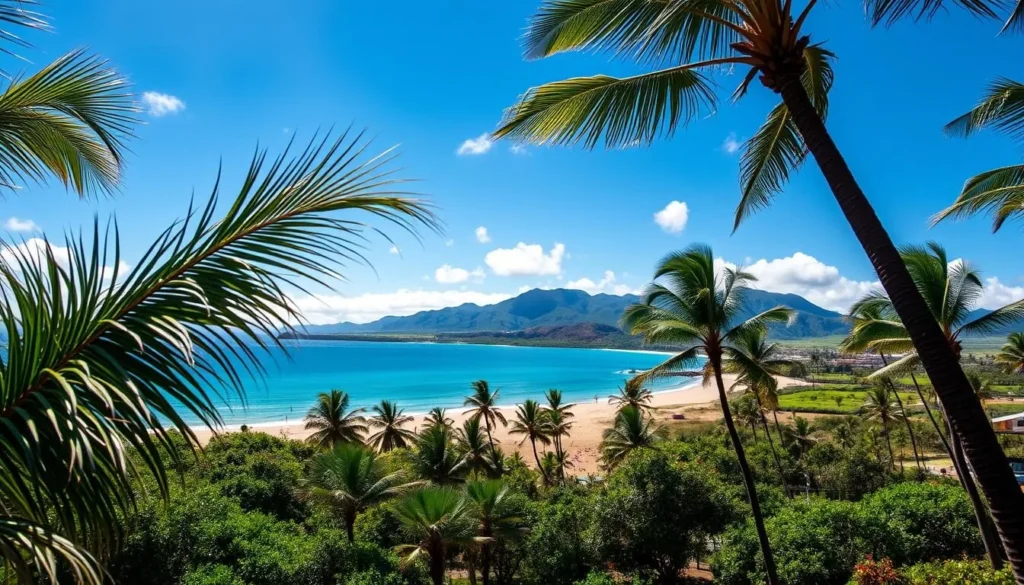
By considering these factors, you can make an informed decision about the best time to visit Maui based on your priorities, whether it’s avoiding crowds, enjoying specific activities, or experiencing the island’s renowned weather.
Planning Your Maui Trip Around Activities

Planning your Maui trip around specific activities can significantly enhance your island experience. With diverse landscapes and a rich cultural heritage, Maui offers a wide range of adventures that can be enjoyed throughout the year.
Best Time for Snorkeling and Water Activities
The summer months (June-August) provide the best conditions for snorkeling and water activities. The calm, clear waters offer excellent visibility to observe Maui’s vibrant marine life at spots like Molokini Crater. For the best snorkeling spots on every island, consider visiting locations like Big Island’s Kealakekua Bay or Oahu’s Shark’s Cove.
Optimal Months for Hiking and Land Exploration
Spring (April-May) and fall (September-October) present ideal conditions for hiking and land exploration. The comfortable temperatures and less rainfall make these periods perfect for exploring Haleakalā National Park or the Road to Hana.
When to Experience Cultural Events and Festivals
Maui hosts various cultural events throughout the year. June brings significant Hawaiian cultural celebrations, including King Kamehameha Day on June 11th, with its traditional parade and festivities honoring Hawaiian heritage. Additionally, May 1st celebrates Lei Day across the island, with demonstrations of traditional lei-making.
By planning your trip according to these optimal times, you can enjoy a more fulfilling experience in Maui, whether you’re interested in water activities, land exploration, or cultural events.
Budget-Friendly Times to Visit Maui
You can enjoy a cost-effective trip to Maui by identifying the periods when prices drop. The island’s low seasons offer the best opportunities for savings.
Finding the Best Deals on Accommodations
Accommodation rates in Maui can significantly drop during the shoulder seasons, making it an ideal time for budget-conscious travelers. You can find discounts of up to 40% compared to peak season prices.
To get the best deals, consider booking accommodations with kitchen facilities, allowing you to prepare some meals and further reduce your expenses.
Cheapest Months for Flights to Maui
For the cheapest flights to Maui, plan your trip during April, May, September, or October. Booking your tickets 2-3 months in advance can secure the best deals.
January can also offer reasonable airfares after the holiday season, but be prepared for potential rainy weather.
Saving on Activities and Dining
Save on activities by taking advantage of shoulder season promotions and using discount apps or websites that offer special rates during lower-demand periods.
Dining costs can be reduced by exploring local food trucks, visiting farmers’ markets, and taking advantage of happy hour specials prevalent during slower travel periods.
By planning your visit during the budget-friendly times, you can enjoy Maui without overspending. Whether it’s accommodations, flights, or activities, there are numerous ways to save during the shoulder seasons.
Month-by-Month Weather Guide for Maui
To make the most of your visit to Maui, it’s essential to grasp the island’s monthly weather changes. Understanding the weather patterns can help you plan activities, choose the best times to visit popular spots, and ensure a comfortable trip.
Temperature and Rainfall Patterns
Maui’s climate varies throughout the year, with distinct temperature and rainfall patterns each month. January and February are at the heart of Maui’s rainy season, with 2-3 inches of rainfall monthly, though temperatures remain pleasant at 78-80°F during the day. As the year progresses, March begins the transition from the rainy to the dry season, with decreasing precipitation. By April and May, the conditions become near-perfect, with minimal rainfall and comfortable temperatures in the low 80s°F.
Summer months, June through August, are the hottest and driest, with temperatures reaching 85-90°F and virtually no rainfall, especially on the leeward sides of the island. September and October maintain summer-like conditions with slightly cooler temperatures and minimal rainfall, making these months ideal for visitors seeking warm days and comfortable nights. November marks the beginning of the rainy season, with precipitation gradually increasing through December.
Ocean Conditions Throughout the Year
Ocean conditions around Maui vary significantly throughout the year. During the winter months (December-March), large swells bring ideal conditions for experienced surfers to the north shore beaches, but these can also create potentially dangerous swimming conditions. In contrast, summer months provide the calmest ocean conditions island-wide, with gentle waves and excellent visibility for snorkeling and underwater photography.
Humpback whales frequent Maui’s waters from December through April, with peak sightings in January and February. Thousands of these magnificent creatures can be observed from shore or on whale watching tours during this period, making it a unique and exciting experience for visitors.
Conclusion: Choosing Your Perfect Time to Visit Maui
Maui’s varied climate and event calendar mean that the best time to visit depends on your priorities and preferences. Whether you crave thrilling outdoor adventures, peaceful moments by the shore, or cultural immersion, Maui promises an unforgettable experience that captures the essence of tropical bliss.
For the best overall experience, combining pleasant weather, reasonable prices, and manageable crowds, April-May and September-October stand out as the optimal months for most travelers. Consider what aspects of island life are most important to your trip – whether it’s hiking through national park trails, relaxing on uncrowded beaches, experiencing Hawaiian culture through festivals and parades, or exploring marine life in Maui’s waters.
By aligning your travel dates with your personal priorities, you’ll find your own perfect way to experience the magic of Maui and create memories that will last a lifetime.
The above is subject to change.
Check back often to TRAVEL.COM for the latest travel tips and deals.
